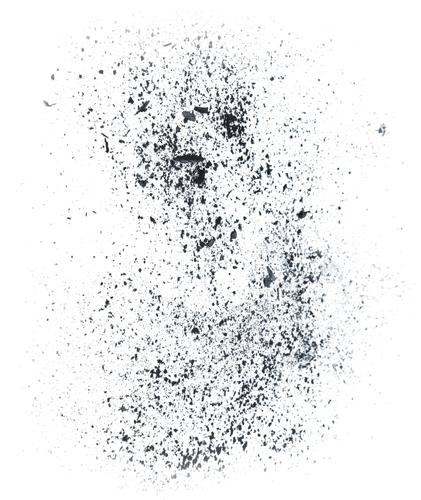In today’s Advisor, we focus on standards and other considerations that can help manage combustible dust hazards.

Any combustible material can burn rapidly when in a finely divided form. If such a dust is suspended in air in the right concentration, under certain conditions, it can become explosive. Even materials that do not burn in larger pieces (such as aluminum or iron), given the proper conditions, can be explosive in dust form.
The force from such an explosion can cause employee deaths, injuries, and destruction of entire buildings.
For example: Three workers were killed in a 2010 titanium dust explosion in West Virginia, and 14 workers were killed in a 2008 sugar dust explosion in Georgia. The U.S. Chemical Safety and Hazard Investigation Board (CSB) identified 281 combustible dust incidents in a 25-year period that led to the deaths of 119 workers, injured 718, and extensively damaged numerous industrial facilities.
Codes and Standards
The National Fire Prevention Association (NFPA) has developed consensus codes and standards related directly to combustible dust explosion hazards. They include:
- 61, Standard for the Prevention of Fires and Dust Explosions in Agricultural and Food Processing Facilities
- 484, Standard for Combustible Metals
- 654, Standard for the Prevention of Fires and Dust Explosions from the Manufacturing, Processing, and Handling of Combustible Particulate Solids
- 655, Standard for Prevention of Sulfur Fires and Explosions
- 664, Standard for the Prevention of Fires and Explosions in Wood Processing and Woodworking Facilities
Combustible dust accidents are often catastrophic. Don’t allow your facility to be at risk. BLR’s upcoming live webinar on combustible dust will help you ensure a safe workplace. Click here for details.
These FM Global data sheets address aspects of combustible dust hazards:
- Property Loss Prevention Data Sheet 7-73, Dust Collectors and Collection Systems
- Property Loss Prevention Data Sheet 7-76, Prevention and mitigation of Combustible Dust Explosion and Fire
These International Code Council (ICC) standards address aspects of combustible dust hazards:
- International Building Code
- International Fire Code
- International Mechanical Code
OSHA Regulation
Although OSHA does not yet have a specific combustible dust standard, the agency says that the General Duty Clause (Section 5(a)(1)) of the Occupational Safety and Health Act can be used to cite employers that fail to keep a workplace free of combustible dust hazards.
In evaluating hazards under the General Duty Clause, the hazard must be recognized (by industry or the employer), must have caused or be likely to cause death or serious physical harm, and a feasible means to correct the hazard must be available. Consensus standards, such as those mentioned above, may be used to provide a feasible means of abatement and establish employer and industry knowledge.
In addition, employers with hazardous materials (including combustible dusts) in their workplaces are required to comply with the hazard communication standard (29 CFR 1910.1200). This includes having labels on containers of hazardous chemicals, using safety data sheets (SDSs), and providing employee training.
You should also be aware that OSHA has reissued the directive on the Combustible Dust National Emphasis Program to increase its enforcement activities.
Join us on July 15 for an in-depth webinar on combustible dust. Our presenter will explain precisely how to ensure an effective combustible dust management and control program. Learn More
Dust Combustibility
The primary factor in an assessment of combustible dust hazards is whether the dust is in fact combustible.
Combustible dust is defined by NFPA 654 as: “Any finely divided solid material that is 420 microns or smaller in diameter (material passing a U.S. No. 40 Standard Sieve) and presents a fire or explosion hazard when dispersed and ignited in air.”
One possible source for information on combustibility is the SDS for the material. In some cases, additional information such as test results will be available from chemical manufacturers.
However, different dusts of the same chemical material will have different ignitability and explosibility characteristics, depending upon many variables such as particle size, shape, and moisture content.
Additionally, these variables can change while the material is passing through process equipment. For this reason, published tables of dust explosibility data may be of limited practical value. In some cases, dusts will be combustible even if the particle size is larger than that specified in the NFPA definition, especially if the material is fibrous.
